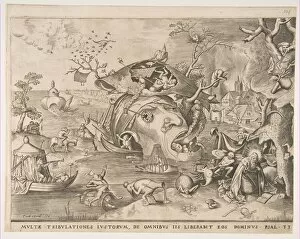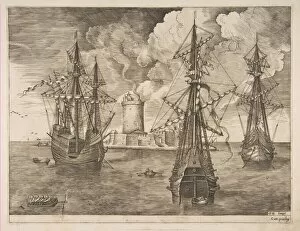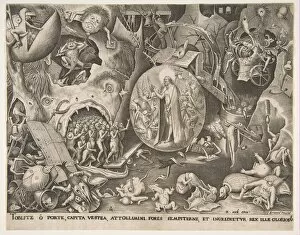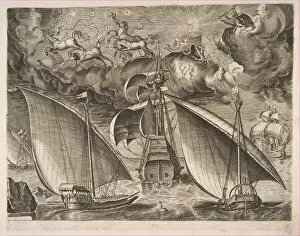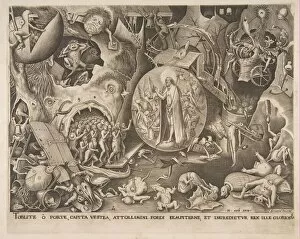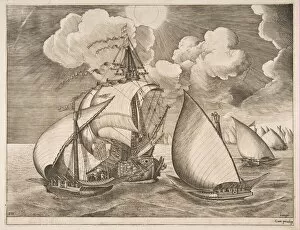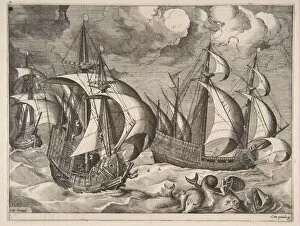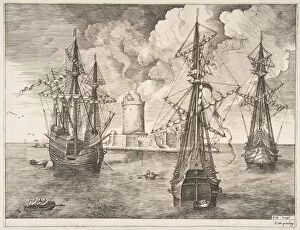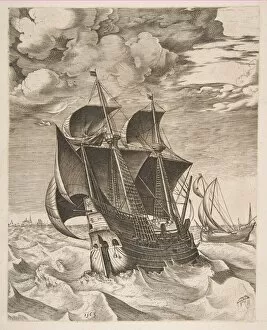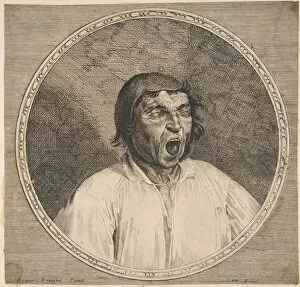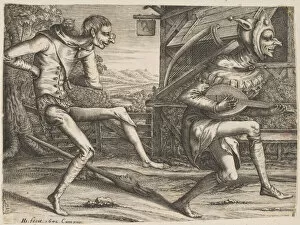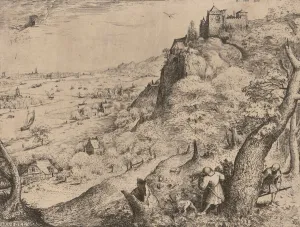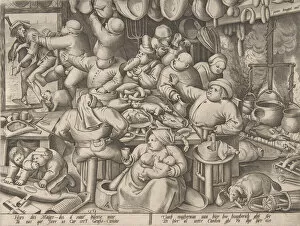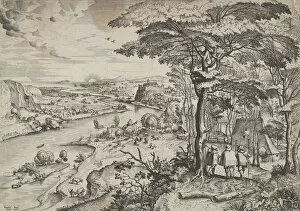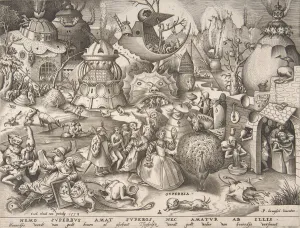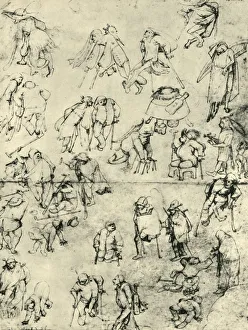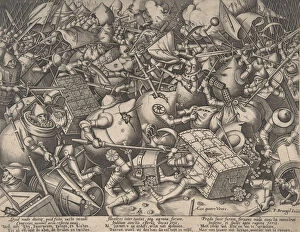Pieter Bruegel I Collection (page 2)
Pieter Bruegel I, a renowned Flemish painter of the 16th century, left behind a rich legacy through his captivating artworks
All Professionally Made to Order for Quick Shipping
Pieter Bruegel I, a renowned Flemish painter of the 16th century, left behind a rich legacy through his captivating artworks. One such masterpiece is "Patience (Patientia)" created in 1557 by Pieter van der Heyden. This painting depicts the virtue of patience, showcasing individuals calmly enduring life's trials and tribulations. In contrast to this serene portrayal, Bruegel's "Pride (Superbia) from The Seven Deadly Sins" painted in 1558 by Pieter van der Heyden explores the destructive nature of excessive pride. It serves as a cautionary tale against arrogance and hubris. "The Parable of the Good Shepherd, " created in 1565 by Philip Galle, showcases Bruegel's ability to depict biblical narratives with great detail and emotion. This artwork beautifully captures Jesus' role as the compassionate shepherd who cares for his flock. Another notable piece is "The Death of the Virgin" from 1574 also created by Philip Galle. In this somber depiction, Bruegel portrays Mary's passing surrounded by grieving figures, highlighting themes of mortality and spirituality. Bruegel collaborated with Pieter van der Heyden on "Everyman" around 1558. This allegorical play illustrates humanity's journey towards salvation or damnation based on their actions during life. Continuing his exploration into human vices, Bruegel contributed to Philip Galle's series on The Seven Deadly Sins in 1558. His works include "Anger (Ira), " "Lust (Luxuria), " "Sloth (Desidia), " and "Envy (Invidia). " These paintings serve as reminders of our inherent flaws and temptations that can lead us astray if not kept in check. On a more positive note, Bruegel also depicted virtues such as hope through Galle's series titled The Virtues.

